If you haven’t already read Part 1 of “Getting Started with Essential Oils: The Basics”, make sure you CLICK HERE. Each part of this series builds on the previous post, so you won’t want to miss any of them!
Today, I really want to talk about How to Find Essential Oils Worth Purchasing. I considered making this post later on in the series, because I didn’t want you to feel like I was trying to sell you something and hopefully you won’t take this post as some kind of sales post (NOT MY INTENTION). My pure intent is to educate you and point you in the right direction for the good stuff (yes, there is good stuff). And, the more I thought about it the more I was reminded that where you purchase your essential oils really does matter!
Let’s talk about the logical part of why I believe with all my heart for this to be true. The Essential Oil Market is a very hot market. People have discovered that essential oils do what they say they are going to do.
All this talk about essential oils it is pretty clear that they are trendy now, right? (Although using essential oils are an ancient practice. Shhh…don’t tell those people who refuse to give end to the “trend”.) You know that when things are popular there are plenty of people out there that don’t have the purest intentions, but are set out to make money on the hot market. That means that you are going to find essential oils everywhere and that MOST of them are not going to be high quality. No one regulates the essential oils market. Don’t believe what you hear about them all being the same! Just by smelling essential oils you will find that they are just not all the same. Or touching them for that matter. I’ve had a health food store brands of essential oil that had a yucky, sticky residue. Oils should never have a sticky residue.
The only standard of purity is going to be with the company itself where you purchased the oils. And, even those standards vary. So, do your research on the oils you are buying or you are throwing money down the drain or even possibly endangering your health.
Not convinced on this? It is no different than the farmer you purchase your food from. Their farming practices are all different. Some use pesticides, some use “natural pesticides”, some use sustainable farming practices and so on and so forth. The only way to find out the farming practices that a local farmer uses is to grill them will questions or visit their farm and see for yourself. It is also important to develop your own convictions about what is healthy. Because let’s be really honest… not everyone has the same standards of “healthy”.
I love to find farmer’s that have researched and studied their product. They know the whys behind how they grow food and why they grow it that way. It is a passion of theirs. I have found that it is the very same for high quality essential oils. Good oils will come from a company that provides essential oils with the criteria below.
When you are looking for essential oils:
- Look for organic essential oils. Actually, USDA organic is not all it is cracked up to be, so you really want better than organic. Which means no pesticides used on the plants EVER. Not even natural pesticides (which can also often times be yucky too). And, really you don’t want pesticides even in the soil. So, I wouldn’t even go near plants that have had pesticides in the soil for years and years previous. And, I don’t trust USDA organic, can anyone say “natural” pesticides? What does that mean anyway? (I’ll only buy it if that is the only option for a tad bit purer product.) So you want oils that have been hand weeded and grown in soil with zero pesticides.
- You will also want the plants to be grown in mineral rich soil. You are purchasing the lifeblood of the plant here. If the soil is mineral rich that will translate into the plant and what it will do for your body. Mineral rich soils can be natural pesticides for the plants.
- You want your essential oils to be bottled from a 1st distillation. Some companies will bottle oils after a 2nd or 3rd distillation. This makes the essential oil much less potent and you will not receive the therapeutic benefits that you desire. Even if the oils still make up some of the important components needed for oils to be therapeutic in use.
- You never want any additives in the essential oils. One well-known company has positively tested for added chemicals in common oils such as peppermint, and lavender by third-party tests. Let’s just say you don’t need the testing to smell the difference. (Although testing is important.) Peppermint should have a peppermint from the plant smell, not a sweet candy cane smell.
- The best case scenario is a company should own their very own farms so they don’t have to purchase from 3rd party growers or distillers. This gives sole control over the quality of the product. It gives control to the whole Seed to Seal Process. If they do not own their own farms they should know the plant matter they are getting VERY VERY well. They should know the ENTIRE process of how it is grown and cared for. If they don’t own at least many of their own farms they should also make sure their growers follow their standards.
- They should distill their own product. Again this give a company control on the purity of the product.
- They should do their own testing and third-party testing. For sure the third-party testing should be done in order to confirm purity.
- Oils should also always be distilled on site from the plants, otherwise plants will lose their potency.
Now, if you are reading this series and have read my blog I am sure that it is not a mystery to you that I use Young Living essential oils. I use them because the passion this company has to really produce some of the highest quality essential oils in the world. I’ve tried many other brands of oils and I’ve been impressed with Young Living and another small company. I love the Seed to Seal process. I have lots and lots of friends who have visited Young Living’s very own farms. (I get to go visit next year. Yippee!) The company is very open about the entire process and that is extremely important to me. I feel like I’m visiting my local farmer. (Again, important to me.) I like to know all the details on where the plants come from that give me my oils. This is what is healing my cells, and helping me to reap the therapeutic benefits. How you grow the plants matters, folks.
Are they the only company distills essential oils like this? Most likely they are not the only company in the world that distills oils like this (I hope). There are probably some very small companies that do this. But, if a company have very very inexpensive essential oils most likely the company does not have this kind of heart for purity. There is just no way to do it with this kind of process. You are not getting a pure product, trust me. It cost money to go through every step of this process. You get what you pay for.
Don’t put anything on your skin that you aren’t very sure of its origin. I really don’t think it is worth it.
Previously in this series we talked about:
Getting Started with Essential Oils: The Basics
Later in this Series we will be talking about:
Essential Oil Methods of Application
Essential Oils Safety
Basic Chemistry of Essential Oils
Essential Oils to Always Keep On Hand
Advanced Essential Oils – What to add to your collection next
Make sure you CLICK HERE to subscribe and get the whole series by email.
 Follow
Follow
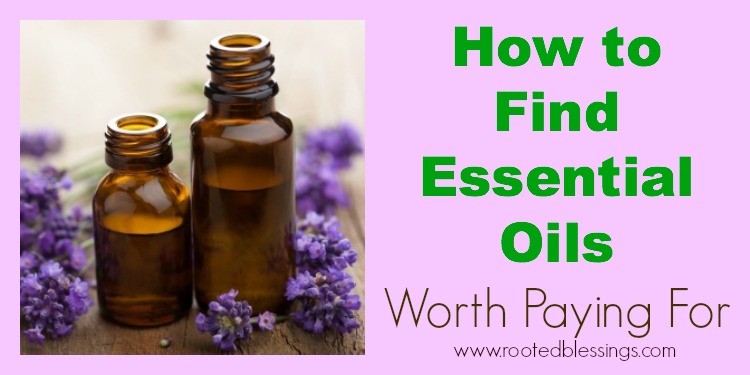
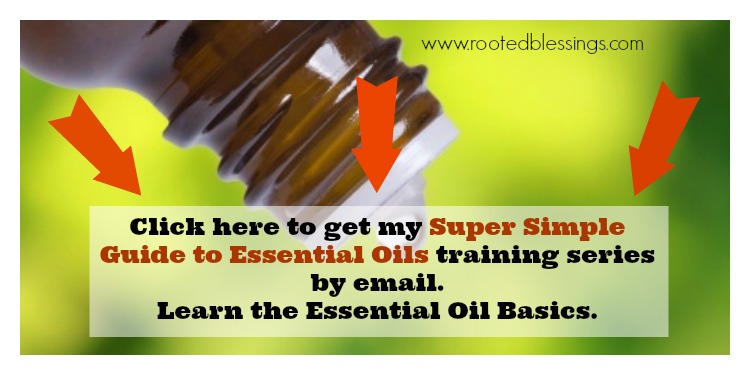
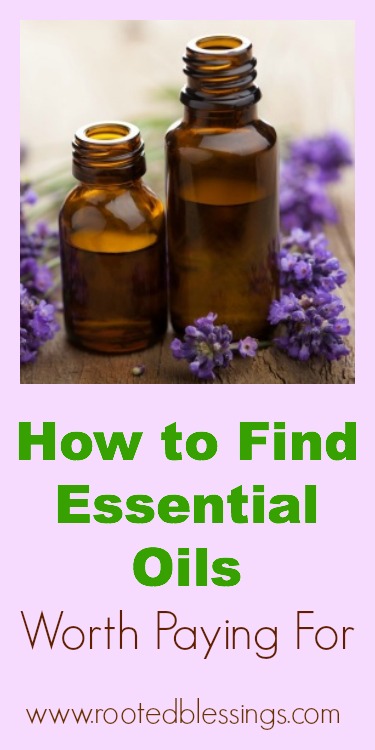



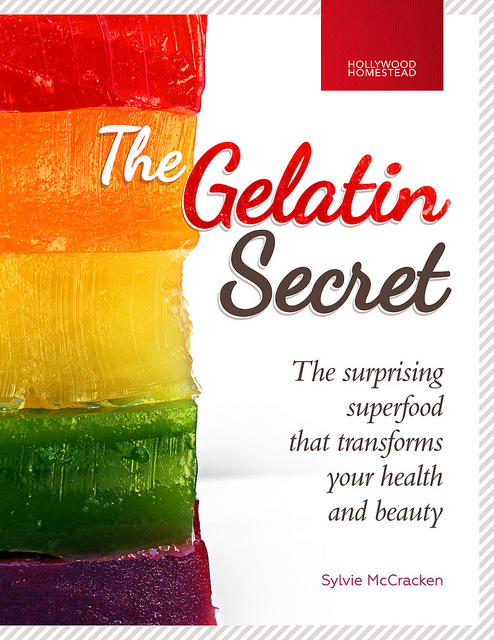
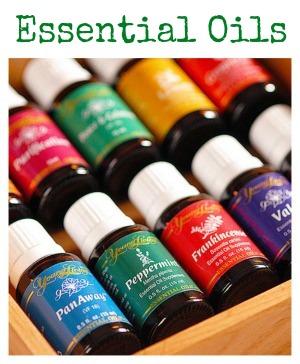
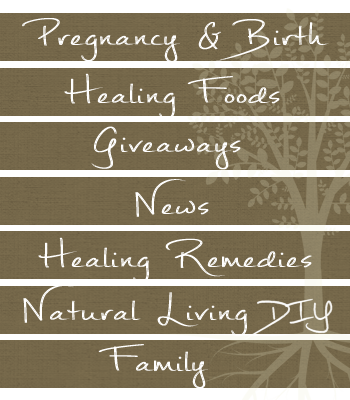


Speak Your Mind